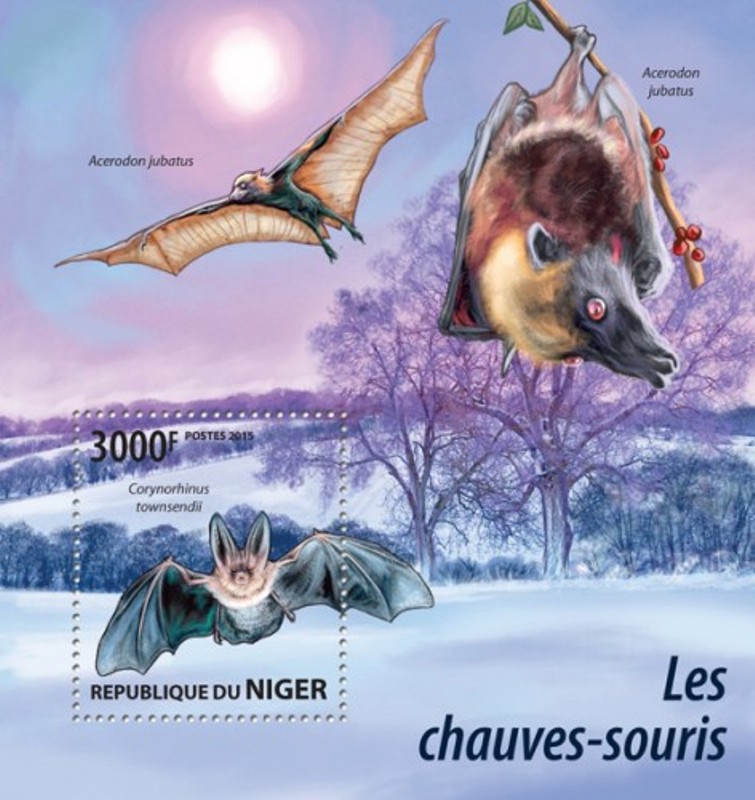Winter 2016 bat survey results found that white-nose syndrome has spread to new bat hibernating sites in Wisconsin and is starting to decimate bat populations. "We are finding white-nose syndrome on a widespread basis, and the largest sites are all home to the fungus responsible for this disease," said Paul White, Department of Natural Resources conservation biologist leading the Wisconsin Bat Program. White-nose syndrome does not affect people or other animal species, but causes hibernating bats to frequently wake, depleting their energy and causing them to die from starvation, dehydration or exposure to the elements. Since the discovery of white-nose syndrome in 2006 in New York, upwards of 6 million bats have died and the disease has spread to 28 states.
Visual surveys and genetic tests this winter found white-nose syndrome or the fungus that causes it in 42 of 74 sites examined, including in six new counties. Surveys showed a 94 percent drop in bat populations at the Grant County mine where the disease was first detected in Wisconsin in 2014, and one site where the disease was first found in 2015 had zero bats.
Source: La Crosse Tribune, May 13, 2006
http://lacrossetribune.com/white-nose-syndrome-spreads-in-wisconsin/art…

- Login om te reageren
